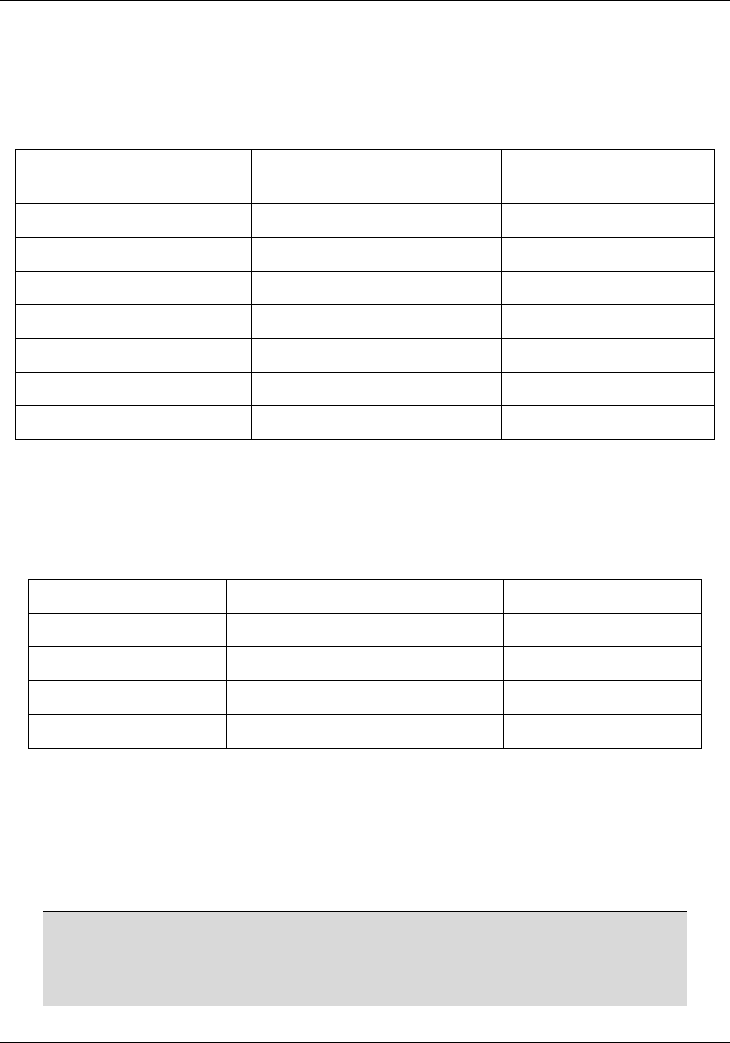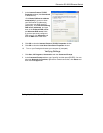
Dimension ES-2008 Ethernet Switch
N IP Subnetting
For example, 192.1.1.0 /25 is equivalent to saying 192.1.1.0 with mask 255.255.255.128.
The following table shows all possible subnet masks for a class “C” address using both
notations.
Chart 4 Alternative Subnet Mask Notation
SUBNET MASK IP
ADDRESS
SUBNET MASK “1” BITS LAST OCTET BIT
VALUE
255.255.255.0 /24 0000 0000
255.255.255.128 /25 1000 0000
255.255.255.192 /26 1100 0000
255.255.255.224 /27 1110 0000
255.255.255.240 /28 1111 0000
255.255.255.248 /29 1111 1000
255.255.255.252 /30 1111 1100
The first mask shown is the class “C” natural mask. Normally if no mask is specified it is
understood that the natural mask is being used.
Example: Two Subnets
As an example, you have a class “C” address 192.168.1.0 with subnet mask of
255.255.255.0.
NETWORK NUMBER HOST ID
IP Address 192.168.1. 0
IP Address (Binary) 11000000.10101000.00000001. 00000000
Subnet Mask 255.255.255. 0
Subnet Mask (Binary) 11111111.11111111.11111111. 00000000
The first three octets of the address make up the network number (class “C”). You want to
have two separate networks.
Divide the network 192.168.1.0 into two separate subnets by converting one of the host
ID bits of the IP address to a network number bit. The “borrowed” host ID bit can be
either “0” or “1” thus giving two subnets; 192.168.1.0 with mask 255.255.255.128 and
192.168.1.128 with mask 255.255.255.128.
In the following charts, shaded/bolded last octet bit values indicate
host ID bits “borrowed” to form network ID bits. The number of
“borrowed” host ID bits determines the number of subnets you
can have. The remaining number of host ID bits (after


















